Professional microphones: the best models and tips for choosing
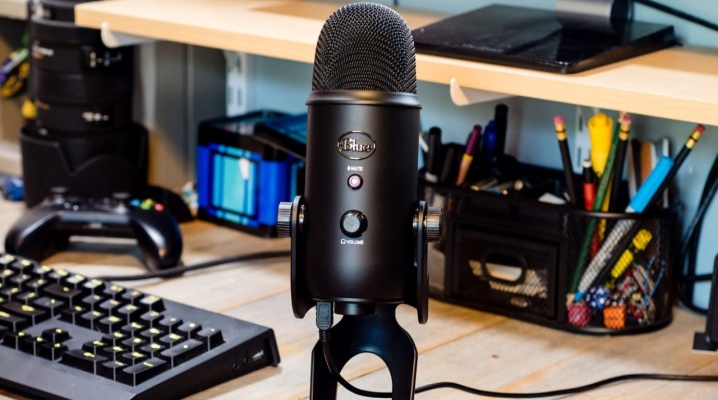
It is difficult to record high-quality sound, because here you will need not only special skills, but also excellent instruments. And first of all, the sound quality will depend on the microphone. There are special professional devices that are able to facilitate the work, including complex studio and subtle vocal. In this article, we will consider the best models of such microphones and give advice on choosing.
Peculiarities
Each microphone has certain features, which need to be considered. This is important in order to better understand which model is needed for certain functions. First of all microphones characterized by a number of parameters, by which you can determine the most suitable option.
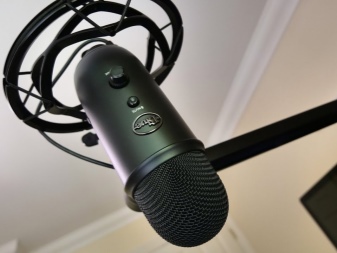
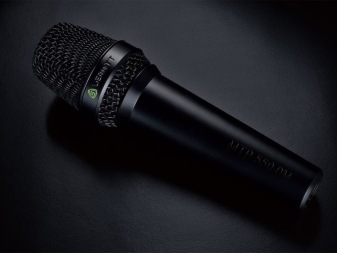
Please note that different microphone models show different susceptibility of sounds... Not all devices are capable of hearing and transmitting absolutely all sound. Quite often, some sounds seem to be cut off. Based on this, microphones are classified into three types.
- The unidirectional type is capable of picking up a signal that comes from one direction. At the same time, it remains insensitive to sounds that come from other sides. These models do not require special room acoustics. Among them, the most common are cardioid microphones, which produce a diagram that resembles a human heart rate line.
- Bidirectional type - these microphones are sometimes also called eights. They are usually susceptible to signals from the front and back. However, they do not respond to sounds coming from other directions.
- The omnidirectional type is also called a circular or omni microphone. From the name it immediately becomes clear that such devices are capable of picking up signals coming from all directions.
It should be borne in mind that low frequencies can make any microphone omnidirectional. Surround sound and low self-noise are among the advantages of these microphones. Such professional options are also good because they lack the "proximity effect".
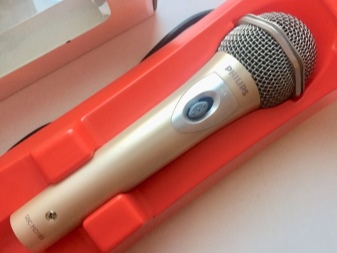
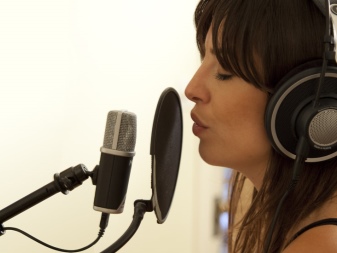
Each sound transducer has its own frequency or frequency response. The microphones individually transmit different frequencies. This indicator is usually measured in hertz. There are models that can rise or fall in one of the frequency ranges (upper, middle or lower).
As a rule, all models are equipped with a graph with a frequency curve from the manufacturer. This is done in order to simplify the selection. Even the same voice using different frequency microphones will be different.
Sensitivity of models shows how quiet sound they are able to pick up. There are different units of measurement for this characteristic.
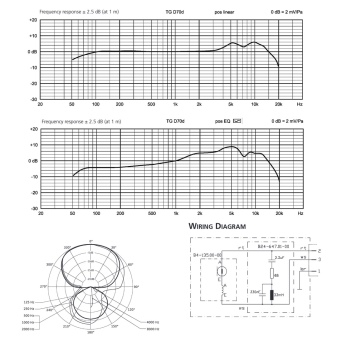

Sound pressure allows you to determine how strong the sound can be transmitted by the device without distortion. Every microphone is different own dynamic rangewhich is measured in decibels.
The lower the microphone's own noise level, the better it is considered to be. In cheap devices, this figure is often quite high. With regard to the overall the level of extraneous noise, then it depends on the quality of the amplifier, wires and other equipment. It can also be affected by correct connection and settings.
In addition to the main characteristics, it is important to consider the quality of the materials from which the microphone is made, as well as the manufacturing technology. It is best to test each theory in practice with comparative tests and professional advice.
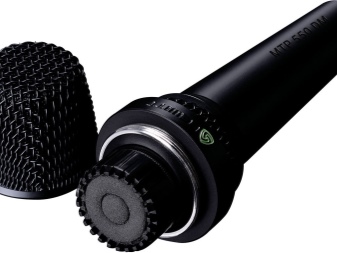
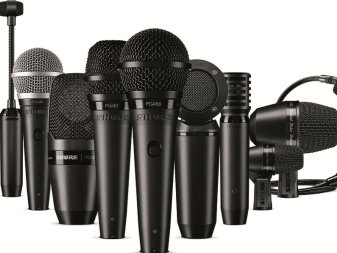
Views
In all the variety of microphones, several basic types are distinguished.
- Dynamic type has the main purpose - vocals and concert performances. These microphones are often used for studio recordings in order to achieve concert sound. However, they are more often used to record sounds live. This type is durable, reliable when shaking, low and high temperatures, high humidity. Among the advantages, it should also be noted resistance to loud sounds. However, at the same time, they cannot accurately convey all the nuances of sounds. Dynamic microphones are characterized by uneven frequency, the need for a preamplifier, and an affordable price.
Such devices are recommended to be used without active movements. It is worth considering that he is good in operation and will not fail. Moreover, it has a long service life.
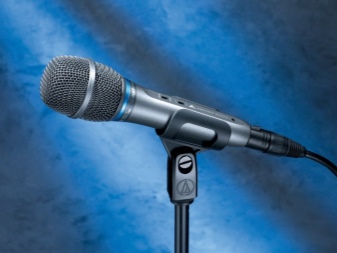

- Condenser great for vocals in the studio, but only if there is good soundproofing. This is primarily due to the high sensitivity. And also these microphones are suitable for vocal performances on stage, along with dynamic ones. However, they require better equipment and a qualified sound engineer. Of course, capacitor models will have to be handled very carefully, since falls are contraindicated for them.
It is important to use a pop filter with them. This will reduce interference, for example, from the breathing of singing, explosive and sibilant consonants. And it can also protect the device from saliva and significantly extend its life. It is worth clarifying that a condenser miniature microphone in the form of a headphone is often found.


- Tape the type is highly sensitive and fragile. In operation, this option is very capricious and works well only in the hands of professionals. The main value of these microphones lies in the high-quality deep sound. Among the features, it is worth noting the excellent transmission of low voices of men: bass, as well as baritone. Occasionally, there may be a roll-over at the upper levels of frequencies, which can be easily compensated for by an equalizer. Also, tape devices are characterized by phantom power and high cost.
A semi-professional or even a high-quality professional microphone may not show all its advantages due to poor acoustics and not very good equipment. At the same time, it is important to learn how to use it correctly.
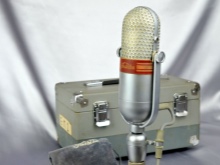
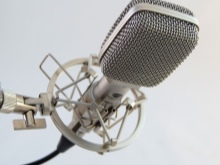
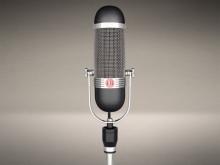
- Wireless the type is often also called a radio microphone. This type of device includes a microphone, radio transmitter and radio receiving station. They are used most often at concerts. In studios, such microphones are not used, as they have a reduced frequency spectrum. The advantages of wireless microphones include free movement around the stage due to the absence of a wire. However, their range is limited by the power of the transmitter. The latter figure is quite dependent on the price of the microphone. The most reliable radio systems are found in antenna diversity models.
It is worth considering that wireless devices run on batteries or rechargeable batteriesthat have to be changed every 90 minutes. As a result, they may disconnect at the wrong time. And they are also unable to fully transmit the upper frequencies. A certain number of working microphones are suitable for each base.
Without proper connection and correct settings, the radio microphone will not work for a long time. At the same time, one should take into account the rather high cost of repairing devices.

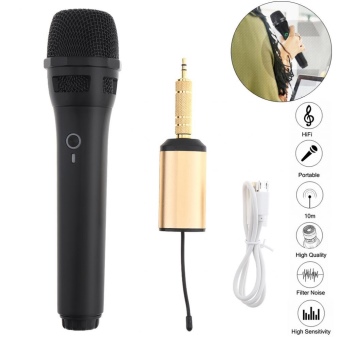
- USB models are characterized by average sound quality. Such devices, including the lavalier version, can only be used for personal use at home.Even the highest quality ones do not have professional characteristics. At the same time, USB microphones are convenient for connection, portability, and low cost. Work with these devices should be carried out with an acoustic shield that will not let in extraneous sounds.
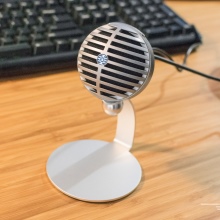

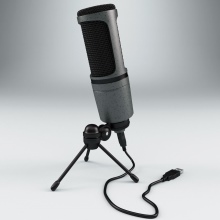
Rating of the best models
The top best microphones include devices from various brands such as Sennheiser, Shure, Neumann and many others. Among the most popular models there are both very budgetary and affordable options for a wide range of consumers, as well as expensive devices intended only for professionals.
Budget
The American manufacturer Shure is known for its sound equipment all over the world. You can find a high-quality microphone from this brand. Shure SM-58 S, suitable for concerts and studio recording. The model is distinguished by its compact size, comfortable shape and pleasant minimalist style. The acoustic capabilities of the device are impressive with good processing of the fundamental frequencies of the voice.
With such a microphone, vocals can be revealed, delivering a clear and transparent sound. It is especially pleasing that for all its high-quality characteristics, the microphone is also inexpensive. On average, it can be purchased for up to $ 200.
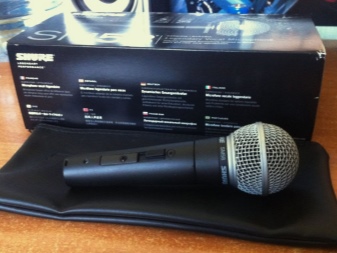
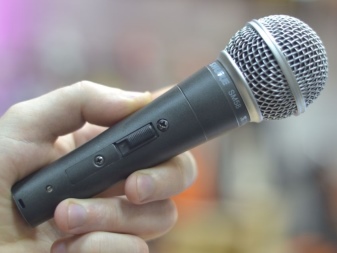
Middle price category
German company Sennheiser is known for its traditional foundations in the manufacture of acoustic devices. The brand's products include both professional and amateur models. Received the greatest popularity and the number of positive reviews microphone MK 8. This option is suitable for both home and studio use.
The condensing device has a double diaphragm, which allows you to accurately and smoothly broadcast various sounds. It is easy to reveal vocal data with him. High quality filters allow you to remove the effect of proximity and the influence of various noises. However, such a functional microphone will have to pay up to $ 800.
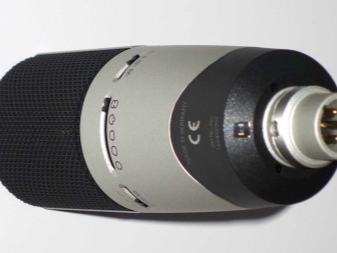
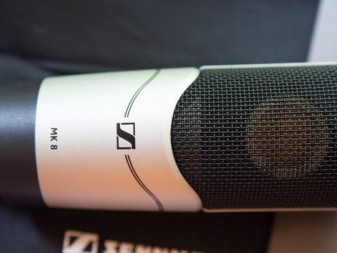
Premium class
Microphone Neumann U 87 Ai differs in high quality and manufacturability. The device is uniquely designed for recording sound in the studio. Many experts agree that this is the standard among studio microphones today. The model has several radiation patterns. The selector allows you to select the optimal configuration even in narrow directions.
In addition, you can cut frequencies and lower the signal. The design features an XLR3F connector and an oversized diaphragm.
However, with all the many advantages, one drawback should be taken into account. This is the cost of the microphone, which exceeds $ 3,500.


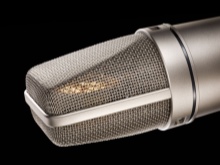
How to choose?
Before choosing a specific microphone model, you should decide what it will be used for... For example, unidirectional microphones are best suited for the stage. They allow you to hear the soloist well. This option is also suitable for a home studio where the acoustics are far from perfect. It is worth paying attention to unidirectional type and for those who write live concerts to remove unnecessary noise from grateful listeners.
The vocal option is bi-directional microphoneswho are able to reproduce well the singing of a duet. Omnidirectional is a great option for rehearsals, concerts, and outdoor recordings. They also perfectly recreate the atmosphere within the premises.
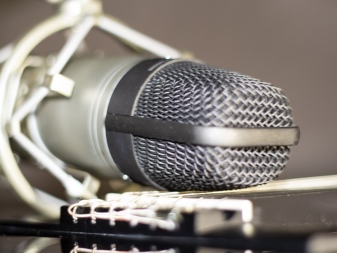

For singing dynamic models work well, but even better for guitar and other instruments. USB models great for a computer, for example, for dubbing videos. Even among the inexpensive options, you can find a decent one.At performances where active movement around the stage is planned, wireless head-mounted microphones will be the best option.

The TOP 5 dynamic concert microphones are presented in the following video.













The comment was sent successfully.